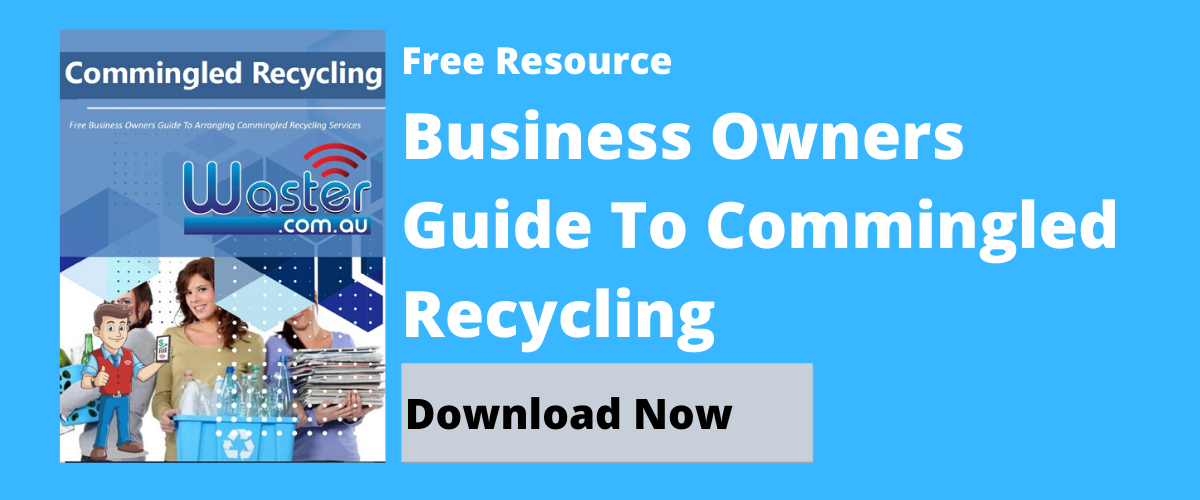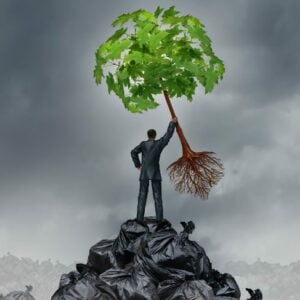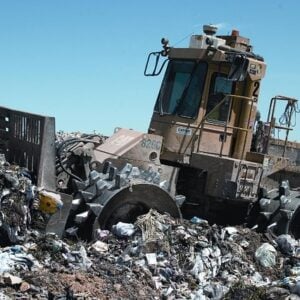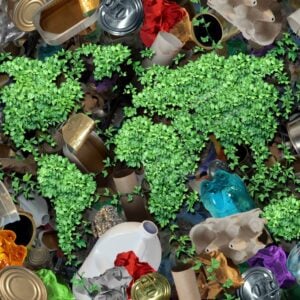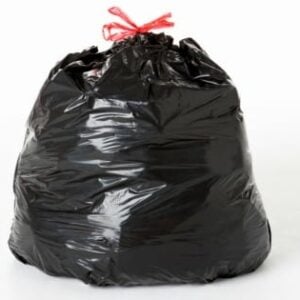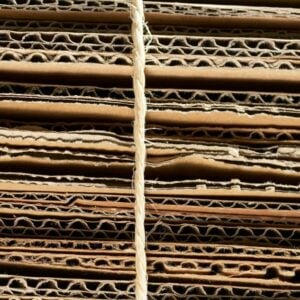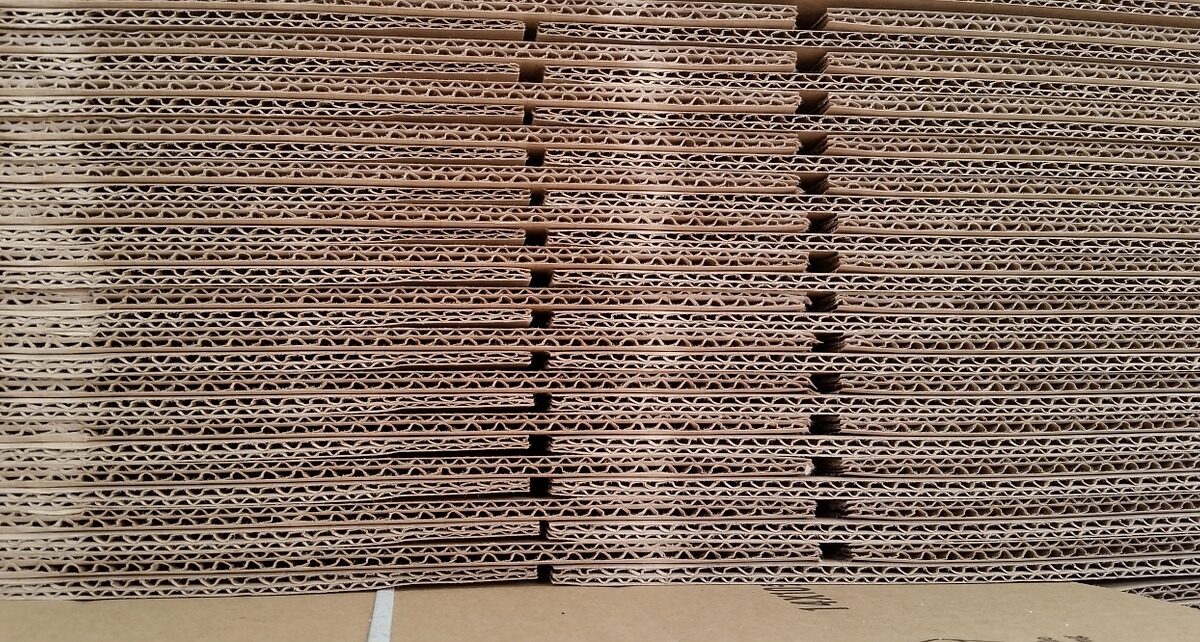
What To Do To Compost Cardboard 📦
Composting Cardboard 📦: Get the extra space you need in your area by getting rid of your stored boxes the right way. Before getting up and throwing them in your rubbish bins, sit down, open your computer/laptop/phone and take a look at this blog. Discover what you should do your cardboard.
Obviously, we have countless amounts of cardboard not just in Australia but also in the whole world. This brown-coloured product primarily made of paper has been used for a very long time to transport items in the safest way possible.
>Download Now: Free PDF Business Owners Guide To Commingled Recycling Bin Services
Even today, we see a lot of these familiar, brown paper product almost wherever we go. For example, when we go to markets, we always see plenty types of food packaged in cardboard boxes. Another example – big-name companies focused on delivering all types of goods also use cardboard boxes (item covered with bubble wrap) to transport them safely.
Maybe you might also have a number of cardboard boxes cluttered in your attic or garage. Most of the time, they might become too much of a hassle to keep around. So, what can you do with them? Waster, of course, suggests that you should look to composting your cardboard. How can you do so? We will talk about it below.
Discussing Waster first
Who is Waster and why is it considered one of the best waste marketplace companies?
Simply put, Waster provides you with innovative solutions for your and your business’s waste management and recycling needs. In addition to that, we provide flexible, 30-day contracts instead of the typical lock-in contracts, which proves a better choice nowadays.
Click on the blue button below to learn more.
How cardboard composting works
Cardboard composting can get confusing sometimes especially without proper guidance. However, like any other thing in life, you can learn the process quite easily!
First things first: you can compost plenty types of cardboard, but you cannot compost all types. You must first determine the type of cardboard in your hands and assess whether or not you can compost it.
This is what we mean when it can become quite confusing. What types of cardboard can you compost? What can you NOT compost? As a result, we have created these guidelines to help you.
Accepted cardboard for composting
- Cardboards that are already broken down are pretty much accepted right away. Heaps of intact cardboard spaces can take up quite a lot of space, so collectors prefer them in a broken-down state.
- Boxes that are not coated are also readily accepted. After all, you cannot compost cardboard coated in any plastic. To learn more about items coated in shining plastic (i.e., glossy items), read our blog on magazine with staples recycling.
- You can easily compost cardboard without any other materials attached to it. This, of course, means removing materials such as tapes, labels. stickers and more. This will mess with the composting process, so make sure to remove them before doing anything else.
Most common types of cardboard readily composted
Essentially, you will not have a really hard time in composting your cardboard/s. On the contrary, the job will become especially easy as long as you set them up properly.
To give you more of an idea (and lessen your initial confusion), we will also enumerate to you the types of cardboard commonly composted. There are three (3) types of cardboard you can usually compost. These include the following:
- Corrugated cardboard – We usually use this type of cardboard for packaging. As we have mentioned above, break this type of cardboard down into very small pieces for an easier composting.
- Flat cardboard – This type of cardboard pertains to items such as cereal boxes, boxed drinks, shoe boxes and other flat-surfaced cardboards similar to those mentioned.
- Cardboard coated with wax – This type of cardboard is quite difficult in terms of composting it. This type of cardboard contains other materials such as was, non-degradable foil lining.

For an easier time composting, acquire a shredder to break down your cardboard. However, if you do not have one, do not worry – you can still break down and compost them on your own. Use your bare hands and rip them apart or cut them using scissors or something similar. As we have also mentioned above, remove any foreign item such as tapes, labels and/or stickers. They will not compost well.
Cardboard composting: the simplified process
You cannot just throw the cardboard under the soil and expect anything to happen.
It takes cardboard a significant amount of time to break down especially without your intervention. Help it break down faster, of course, by cutting it down into bits and pieces. Additionally, as we have already mentioned a number of times, remove any unnecessary materials sticking to it.
The gist of it: Next, create a compost pile with other types of compostables aside from cardboard. Keep the pile as moist as possible. And, turn the pile every five days.
Watch this video to learn more about creating a compost pile.

Cardboard composting: conclusion
You definitely do not have to get intimidated when it comes to composting your cardboard. It is a fairly easy process, albeit with a bit of confusion. However, you can easily dispel the confusion with a bit of research.
Just make sure to cut them into the tiniest pieces possible for an easier time in composting. Additionally, remove all the excess, non-cardboard items found. Those will only hinder the composting process. Finally, compost those that are not covered with plastic that shines (gloss).
Contact Waster today for your waste and recycling needs!
Does your Australian-based business need waste and recycling services? If so, then you have come to the right web page!
Please call 1300 WASTER (1300 927 837). You can also email us at enquiries@waster.com.au if you have any further questions. Find the best deals in terms of waste and recycling pricing and services!
Leave a Reply Cancel reply

Product categories
Most Popular Posts
-
Commercial Waste Management Services: Reduce Waste Collection Costs! 🚍
-
Medical Waste Disposal: Everything You Need To Find Out In 2024! 💉
-
Rubbish Removal Sydney 2024: Better Bin Collections For Business ✅
-
Clinical Waste Disposal 2024: What To Know About Business Clinical Waste ⚕️
-
Secure Document Destruction 2024: All About Security Bins Shredding 🔒
-
Free Cardboard Recycling 2024: Can I Get Free Cardboard Collection? 📦
-
Confidential Paper Disposal Bins 2024: What You Need To Know About Shredding! 🔒
-
Recycling Bins Australia 2024: Recycling Can Boost Your Profits! ♲
-
Commercial Wheelie Bin Collection: What Businesses Need To Know In 2024 🗑️
-
Commingled Recycling 2024: Why Commingled Bin Is Key To Recycling 🍾

